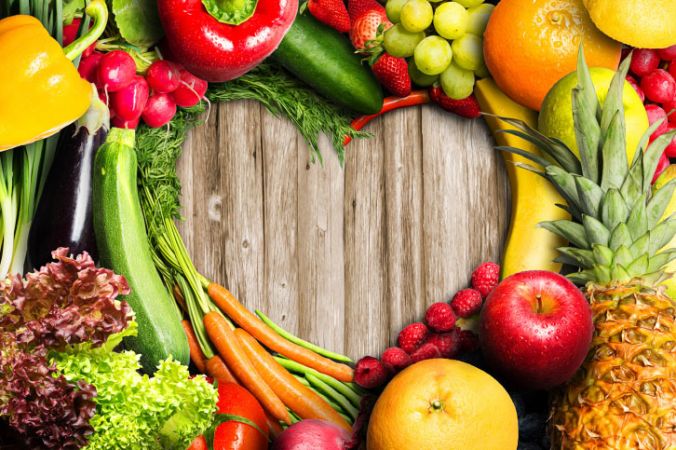
We all know that Fruits and vegetables are very beneficial for our health because it carries low calories, high in fiber and rich in vitamins, minerals, and antioxidants that can help reduce the risk of disease -- yet many of us fall short of getting our 2½ cups of vegetables and 2 cups of fruit daily -- the amount recommended for an average 2,000-calorie diet, according to US dietary guidelines.
To add products to your diet, start by estimating how much you are currently eating. "If you are eating two to three servings, can you add one or two more per day?" asked Caroline Passerrello, a registered dietitian, and spokeswoman for the Academy of Nutrition and Dietetics.
Including more fruits and vegetables in your diet can be as simple as adding a banana with cereal or yogurt at breakfast, eating a salad at lunch, or choosing berries for dessert. But it can also be a virtually effortless process when produce is incorporated as ingredients in meals, like adding kale to hummus or mixing sautéed mushrooms into a meatloaf. "When I do a pound of ground meat, I add 8 to 12 ounces of mushrooms, and you get a larger product with vitamin D and potassium," Passerrello told.
Finally, don't be afraid of frozen, canned or dried fruit and vegetables. "These forms of fruits and vegetables can be time-savers and -- if purchased without added sweeteners or preservatives -- are just as, or more, nutritious than fresh," Passerrello said.
How to measure it:
Once you set your purpose, keep a daily journal of your fruit and vegetable servings, which are measured in cup equivalents. For example, 1 cup of fruits and vegetables equals 1 cup of raw or cooked vegetables or fruit, 1 cup of vegetable or fruit juice, 2 cups of leafy salad greens or half a cup of dried fruit or vegetable.